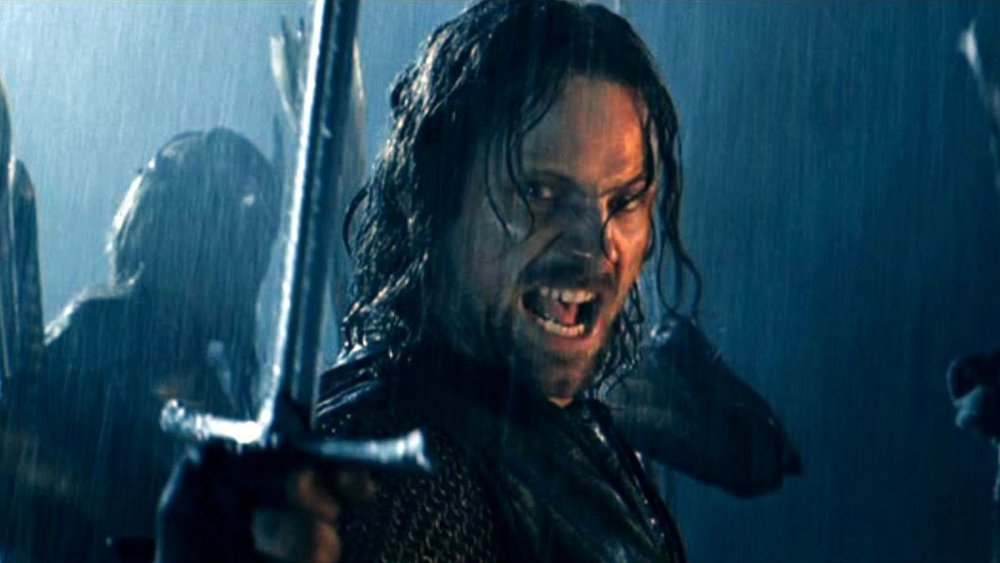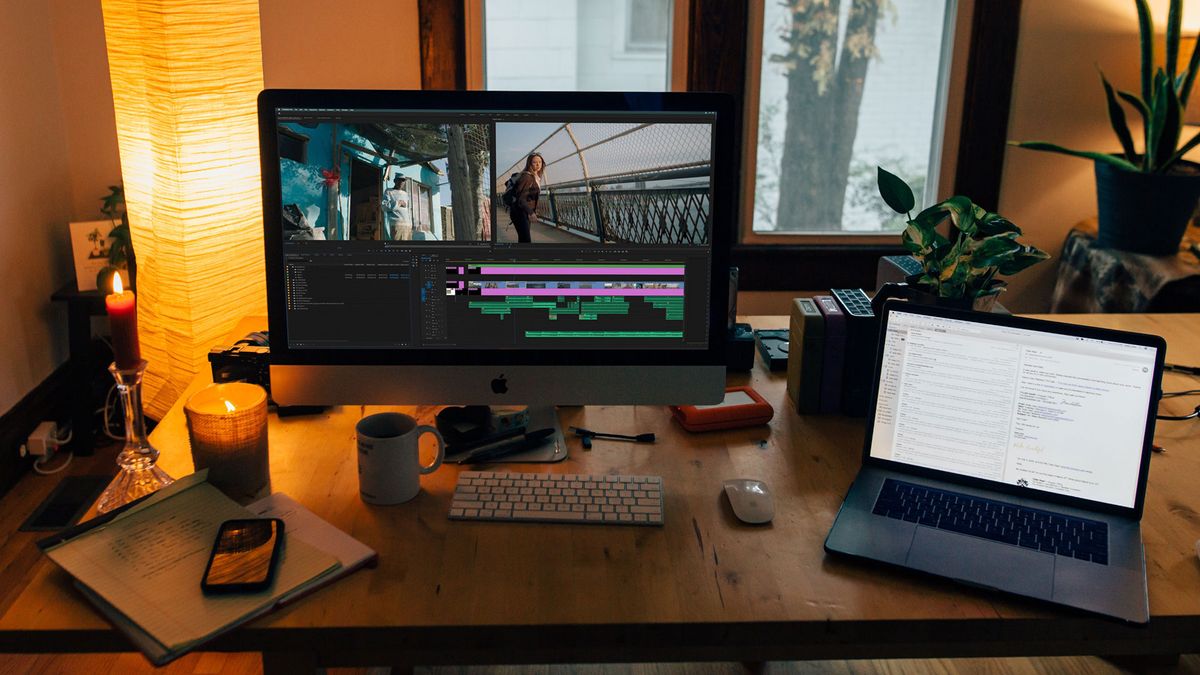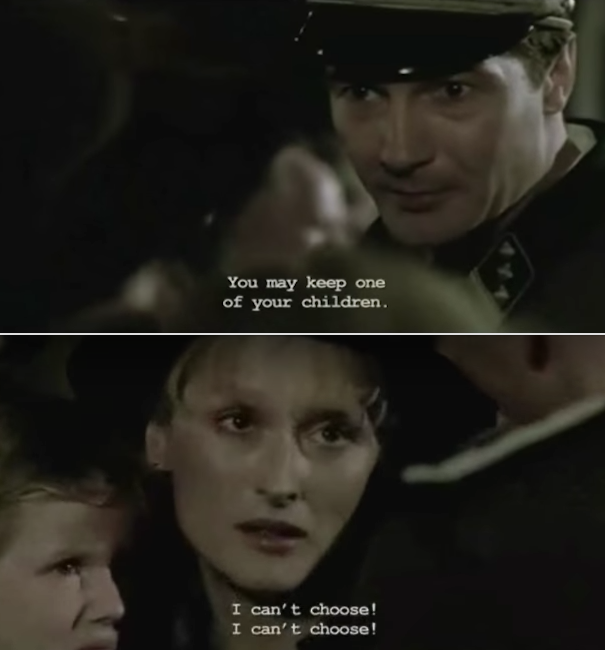

To simulate these “cuts” within the picture frame, Méliès utilized the stop-motion technique he had developed to make people and objects appear, disappear or change form in his earlier fantastical movies. Then, after rewinding this master shot to the precise film frame, another matte masked the entire shot outside the picture frame and the interior of the frame was shot. For The Mysterious Portrait, a matte masked the interior of the picture frame while the whole scene outside the frame was photographed. By the 1890s, mattes were common practice of still photographers to create double exposure photos. To achieve the effect of a cut, the filmmaker used mattes and stop motion. Le Portrait Mystérieux (The Mysterious Portrait), 1899. A “cut” brings the image of the hilly landscape with the empty stool back into the picture frame - and the movie is over. The two men acknowledge and speak to one another the Méliès outside the picture frame waves again, and the landscape with the Méliès inside the painting un-focuses into black. With a wave of his hand, the landscape and stool in the frame “cut” to black and a second Méliès sitting on the stool in the painting dissolves into focus in the frame. He places a landscape painting in the frame and a stool on the frame’s lower edge in the landscape. In this short movie, the bald, bearded Méliès himself - gesturing like the magician he was - walks onto a theatrical stage, passes behind and steps through a large empty picture frame center stage. It portrays a primitive cut - substituting one image with another - within a picture frame placed in the movie’s single, uncut, continuous master shot. It was the first film to demonstrate what a “cut” can do within a scene. He was among the first to imagine and contrive what would become editing and post-production in movie storytelling.ĭuring the spring of 1899, 120 years ago, Méliès filmed and exhibited Le Portrait Mystérieux ( The Mysterious Portrait), advertised in his Complete Catalogue of Genuine and Original “Star” Films (1905) as “ une grande nouveauté photographique” (a grand photographic novelty).

Having made over 200 such pieces between 18, Méliès sought to expand these limited tableaux vivants (living pictures) into longer films and richer stories.

Throughout the 1890s, virtually all films exhibited were uncut, single-camera setup shots that were about a minute in length. Before 1900, however, editing - the selection, timing and arrangement of shots to draw attention from image to image within a scene, and to achieve continuity from scene to scene - was just barely imagined. Within the next 10 years, the emergence of feature-length films gave birth to an entertainment industry boom and, soon after, lavish movie palaces. As more people visited storefront theatres to see moving picture stories, they watched the art and craft of editing evolving on screens right before their eyes. Photofestīy the time film pioneer Georges Méliès made this only slightly exaggerated claim, the making and exhibition of narrative film was establishing itself as a business separate from the variety stage and lecture circuit. The cinematographers of artificially arranged scenes have all more or less followed the path I laid down.” - Georges Méliès, “ Les Vues Cinématographiques: Causerie (Cinematographic Views: An Informal Lecture),” L’Annuaire Général et International de la Photographie ( The General and International Annual of Photography), 1907 Georges Méliès in the late 1800s. “I was the one who successively came up with all the so-called ‘mysterious’ cinematographic techniques.


 0 kommentar(er)
0 kommentar(er)
